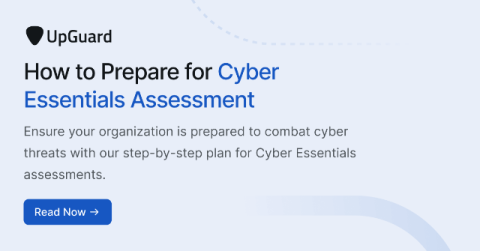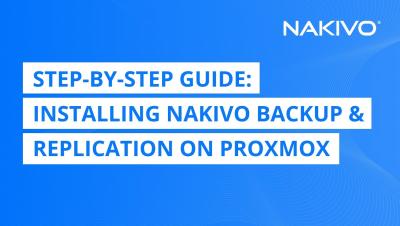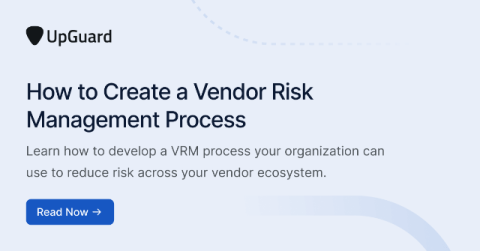How to Prepare for Cyber Essentials Assessment
In today's world, where cyber threats are increasingly sophisticated, organizations must take strong security measures to protect sensitive data and maintain operational integrity. One effective way to show your dedication to cybersecurity is by obtaining Cyber Essentials certification. This government-backed scheme in the UK helps organizations implement essential security controls to defend against common online threats.











